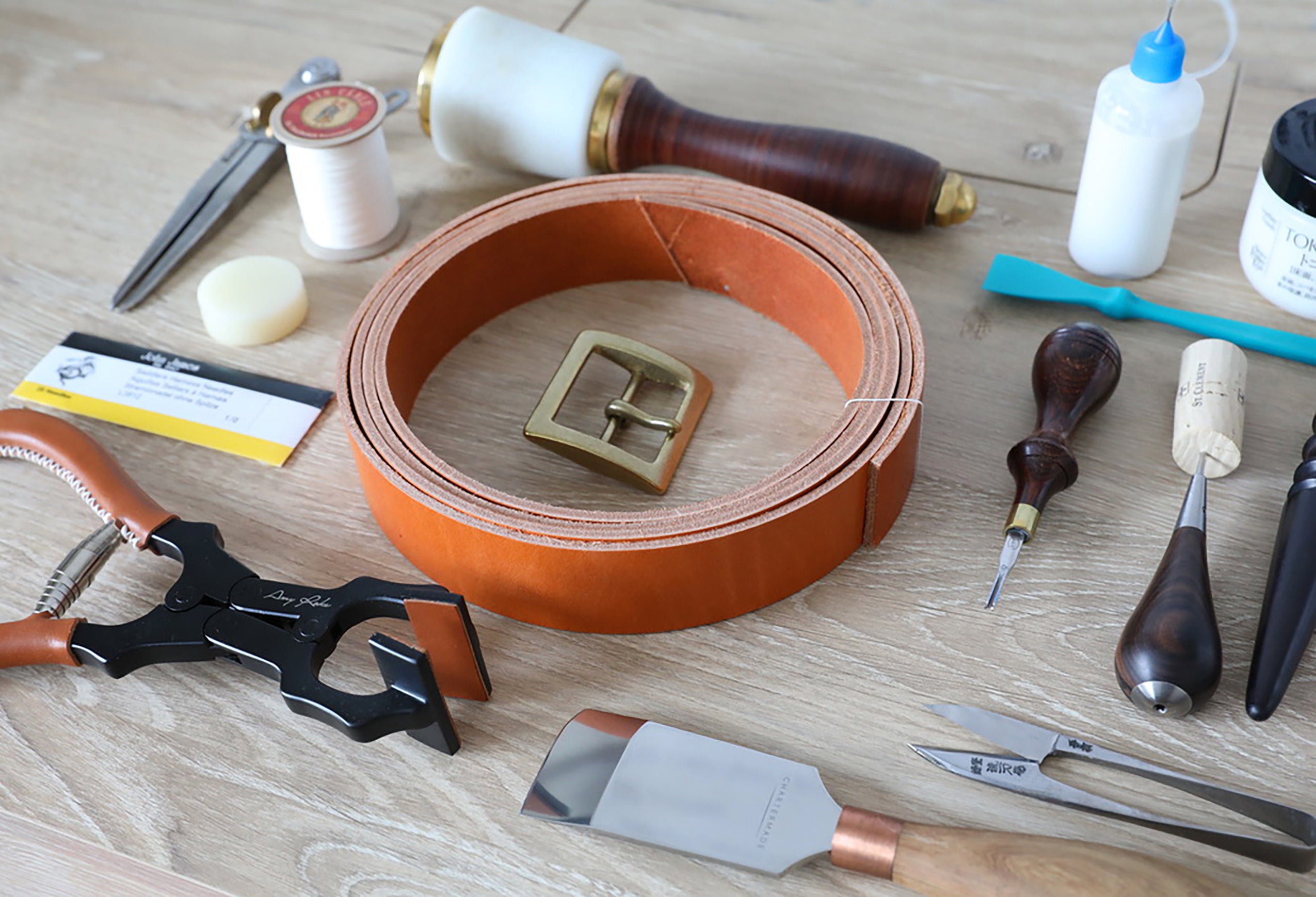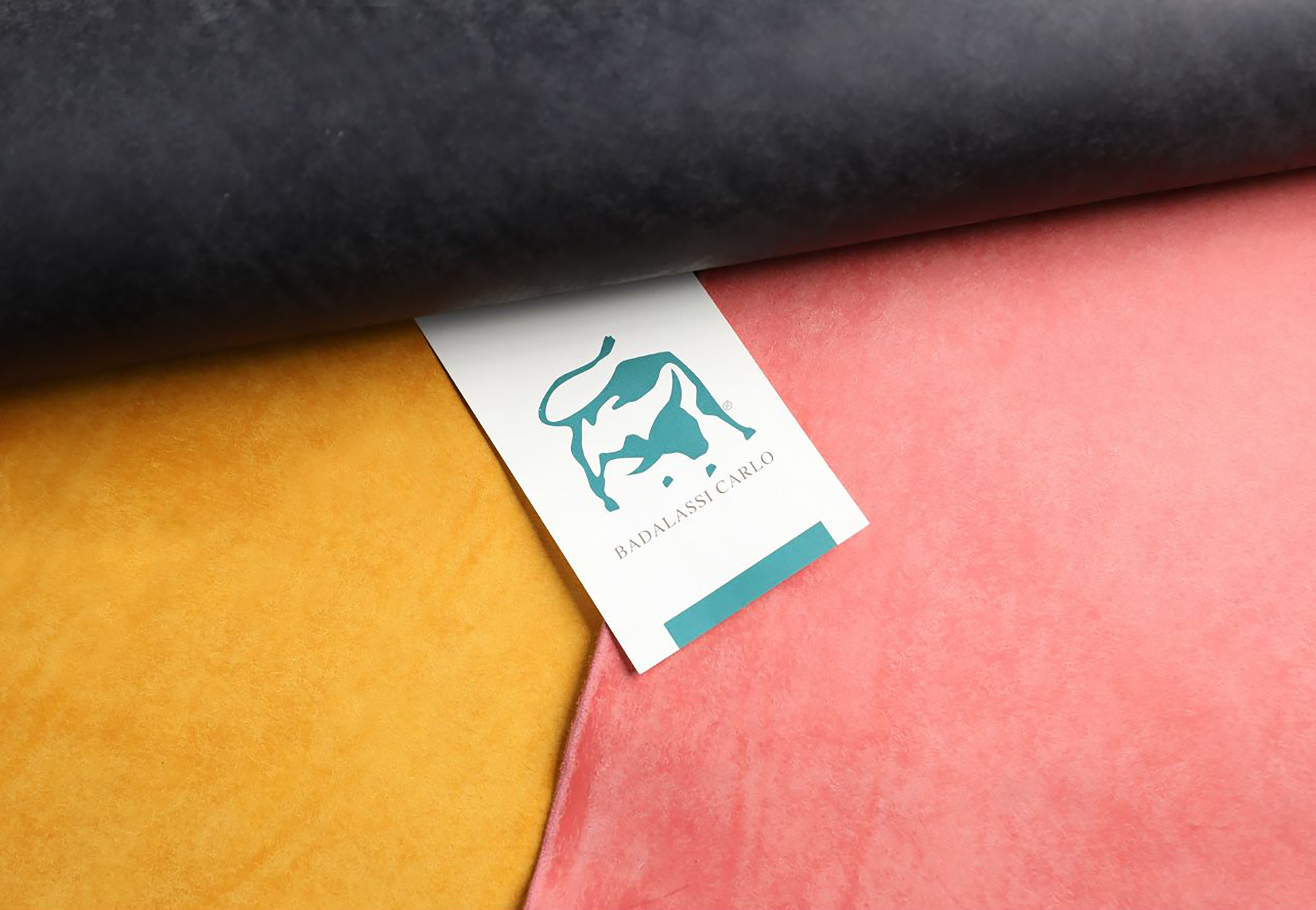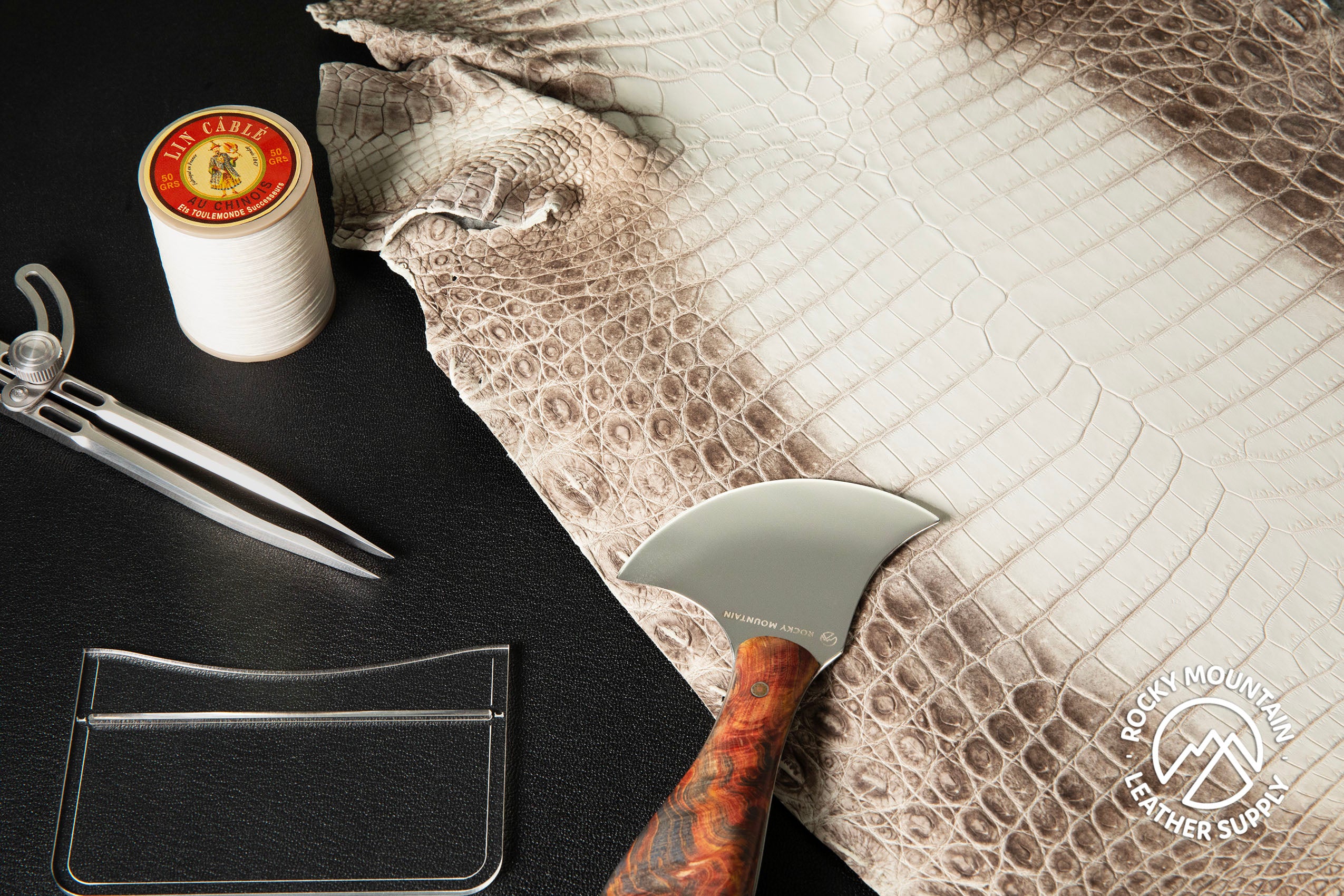New Arrivals
Premium leathers, innovative tools, and fresh supplies
designed to make your craft easier.


Deal Zone
Limited runs, discontinued hides, and special markdowns.
Grab them before they’re gone.

What to expect when purchasing Leather Hides/Panels? Will my piece be perfect?
This started out small initially, but we have realized over time there is a lot to teach about leather and hopefully this small primer will help you understand a little more about buying leather.
Will my hide/panel be perfect?
Often customers ask "Will my hide/panel be perfect?", this a great question we owe it to you to clarify. The answer is a bit complex and relies on some understanding different leather cuts and finishing you purchase.
As you are aware leather comes from animals that over their lifetime can develop scratches, bite marks, branding, stretch marks and more. Even the highest graded leather will show defects more/less depending on the cut of leather and its finishing process. We want to help educate you on what to look for.
Cut of leather
Certain cuts of leather have higher yield and contain less defects. Here are a few cuts to better understand
- Whole Hide - This contains the entire hide (Legs, Belly, Back, Neck and more) The whole hides has it all good and bad. The center areas are the cleanest and offer the highest yield. The belly is considered waste in many manufacturing settings due to its loose grain and being a bit stretchy. Certain articles better hide stretch marks in the belly area but others don't. Wrinkles can be found in the neck, back and belly area. When purchasing whole hides you get more opportunity to work around defects and cut nice large pieces.
- Side - The side is whole hide cut in half along the back. Similar good and bad as whole hides. In this case you only have 1 belly, 1/2 neck and 1/2 back to deal with. The benefit to sides are they are larger and give you flexibility in where you cut pieces to optimize your yield.
- Double Shoulder - The Double shoulder is like a whole hide but with no belly or butt area. These are really nice cuts and give a higher yield than sides. You still have the back are and neck area that can have wrinkles but the pieces are usually really nice in general
- Panels - Because we cut our panels from the full hides we are somewhat limited to how we cut them efficiently. To keep the yield up which results in better cost for our customers there may be a small blemish in some panels. We try our best to cut around them, but occasionally a panel will have one. What we promise is that the blemish (Scratch, hole or bite) will be no bigger than a 1 inch (2.5 cm) diameter and will be kept to the side of the panel and not in the center. This gives you some flexibility to work around it easily. Again please read the aniline leather info in each listing to understand what qualifies as normal for a hide and not a blemish. Blemishes are only bites, scratches, holes, cuts.
Leather Finishing
- Full Aniline - Full aniline leather is one of our favorites types of leather. Aniline leather is leather that has been dyed in the drum and from there has no added correcting or protective finish... in essence it is completely “naked” and natural. Being unfinished and natural it will show will show off its uniqueness, color variations and characteristics depending on that specific hide. The lighter colors will tend to show more natural blemishes like bites, neck and fat wrinkles as there is nothing there to hide them. The darker colors are able to more easily hide the contrast of these blemishes and will be less visible. The benefit of aniline finishes are many! One of the biggest reasons they are very popular is that the leather looks and feels very natural. Another benefit is the way it will develop a unique patina as it ages over time. Products with aniline finish usually develop a beautiful, worn finish. Those customers that have the most success with aniline leather often embrace the natural characteristics or strategically work them into their designs. If you are looking for more finished or consistent leather article send us an email and we can help you out. Please note, because of the nature of the leather, we are unable to process any returns that are due to the natural characteristics of the hide. But again feel free to check with us before ordering and we can try to find hides that meet your requirements.
- Semi Aniline - this is leather finish that still has aniline characteristics but a little pigment is added in the finishing for color correction, to hide wrinkles and ensure a more even finish. Semi aniline leather wont patina in the same way as full aniline, but if you are wanting a more consistent finish this is what you will want
- Pigment - this is a leather finish that ensures a consistent even color and will hide most all defects. This finish is usually more protective against scratching, water and the elements. Many of the luxury brands like the benefits of pigmented leather as you also get very high yield from the hide
Coloration: Each batch of leather production can have varying shades of color. The tanneries do their best to stay within a tight tolerance, but there is a tolerance. Pigmented leathers are more able to stay in tight tolerance, the aniline leathers though are tougher and will even change colors over time as they patina. Please contact us for a sample if you require tight tolerances.
Grading: Each listing does its best to explain if it is the top grade or lower grades from the tannery. Additionally, there is a section on yield and what % of each hide you can expect to cut nice pieces from. Please note if you have large products that need big clean areas, this can be very challenging and best to email us prior to purchase to confirm as we can not guarantee, for example a 75% yield will provide a large, clean area. Rather that 75% could be distributed across the hide. Another note about grading, it is only done on the grain side, not the flesh side. Tanneries consider the flesh side as secondary and acceptable in all cases. Therefore we cannot guarantee the flesh side will look a certain way, including when split, as dye will penetrate leather differently than the grain side. If this is a concern we recommend lining the leather or re-dying the leather with an off the shelf leather dye to create a more vibrant and even flesh side.
Recommendations: There is some skill and mastery involved in working with leather and selecting how to cut a hide up. We have a few recommendations
- If you are making large items (bags) that need perfect large pieces please contact us about helping select the right hide that meets your specifications. We can also send a picture
- Those that are most successful optimizing yield on a leather hide do so by working blemishes into less visible areas of their project. Also they embrace the natural variation and showcase it. Some of the Japanese crafters are masters and showing the beauty of a naturalness from non perfect leather. Embracing this can make your products feel more handcrafted and not something mass produced.
- If you have any hesitation call us and we can help you get the right leather article for your project
- Choosing a selection results in a full page refresh.
Rocky Mountain Leather Supply
Address: 9240 S 500 W Suite B
Sandy, Utah 84070
We welcome visits by appointment and are happy to offer local pickup for our community.
Hours: M-F 9:00am-4:00pm MST
Email: info@rmleathersupply.com
Phone: (801) 688-3765
Newsletter
!
